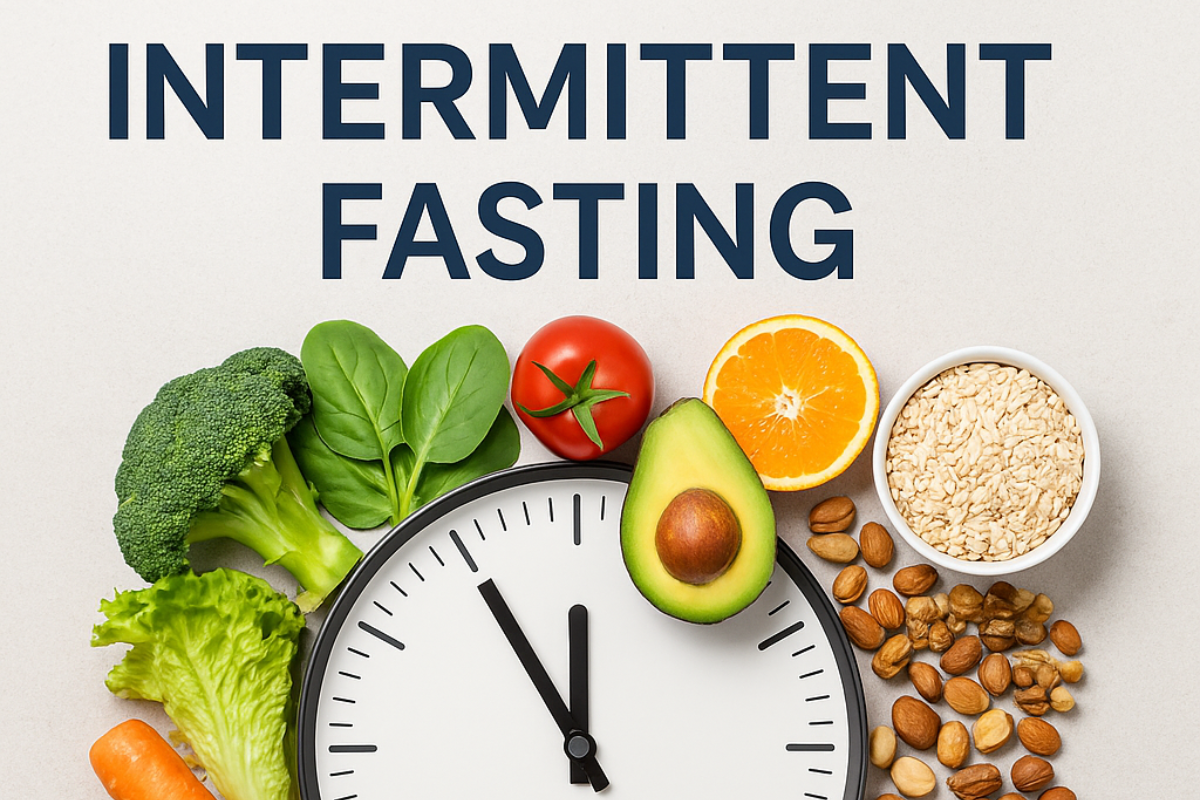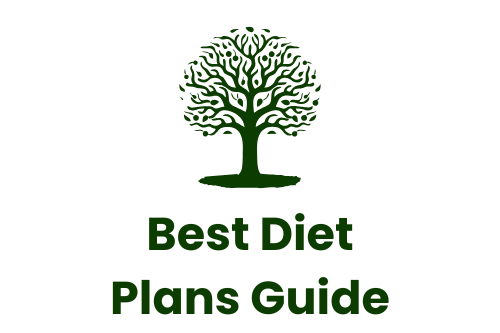
Intermittent fasting (IF) focuses on when you eat rather than what you eat. Instead of spreading meals across the day, you cycle between periods of eating and fasting. This structure can make it easier to manage weight, improve energy, and support overall health.
💚 Health Benefits of Intermittent Fasting
- Supports Weight Management: Naturally reduces calorie intake by shortening your eating window
- Improves Metabolic Health: Lowers insulin levels and boosts insulin sensitivity
- Boosts Energy and Focus: Helps maintain steady blood sugar levels and mental clarity
- Encourages Cellular Repair: Triggers autophagy, your body’s clean-up and repair process
- May Benefit Heart Health: Can help lower blood pressure, cholesterol, and inflammation
⏳ Popular Intermittent Fasting Methods
16:8 Method
- Fast for 16 hours
- Eat during an 8-hour window (e.g. 12pm–8pm)
- Most beginner-friendly and flexible
5:2 Method
- Eat normally 5 days per week
- Consume 500–600 calories on 2 non-consecutive days
Alternate-Day Fasting
- Fast every other day
- Or eat very low calories (500 or less) on fasting days
- More advanced method, harder to sustain
Time-Restricted Eating
- Set any consistent schedule like 14:10 or 18:6
- Flexible to fit your routine and lifestyle
🥗 What to Eat During Eating Windows
- Focus on whole, nutrient-dense meals
- Include lean proteins (chicken, fish, tofu, beans)
- Eat plenty of vegetables and fruits
- Choose whole grains (oats, brown rice, quinoa)
- Add healthy fats from nuts, seeds, avocado, and olive oil
Stay hydrated with water, black coffee, or unsweetened tea during fasting hours.
💡 Tips for Getting Started
- Start with 12:12 (12-hour fast, 12-hour eating) and progress to 16:8
- Plan your meals ahead to avoid overeating
- Keep busy during fasting hours to reduce temptation
- Break your fast with balanced meals, not ultra-processed snacks
- Pair IF with light to moderate exercise
- Track how you feel (energy, hunger, mood) and adjust
⚠️ When to Avoid Intermittent Fasting
- If you are pregnant or breastfeeding
- If you have a history of eating disorders
- If you have diabetes or take blood sugar medications
- If you have chronic conditions requiring regular meals
🏁 Final Thoughts
Intermittent fasting is a simple, flexible approach to eating that can improve weight management, energy, and metabolic health. By focusing on when you eat, you can simplify your routine while still enjoying satisfying, balanced meals during your eating windows.
Related Articles You’ll Love

The Best Diet Plans Guide Team is a group of wellness writers and nutrition researchers dedicated to helping readers find simple, sustainable, and science-backed diet plans. We review products, compare meal programs, and share practical tips for healthy living at any age. Our mission is to make better health choices easier — one plan at a time.